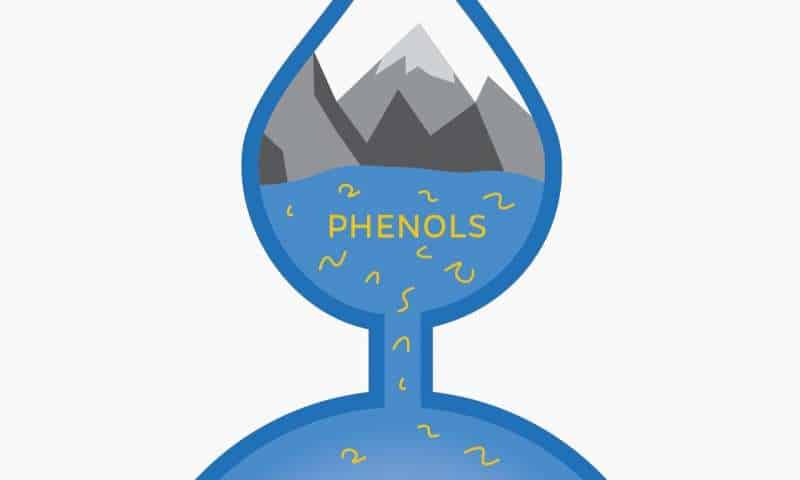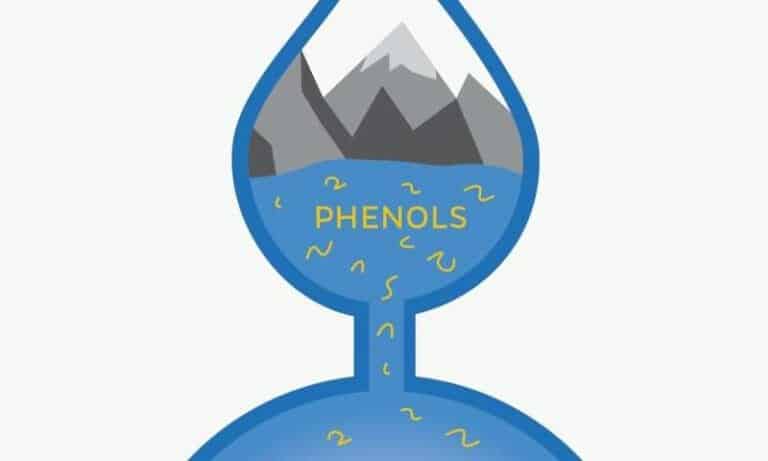Image: When phenols, compounds that are commonly found in drinking water, mix with chlorine, hundreds of unknown, potentially toxic byproducts are formed. Credit: Marissa Lanterman/Johns Hopkins University
Mixing drinking water with chlorine, the United States’ most common method of disinfecting drinking water, creates previously unidentified toxic byproducts, says Carsten Prasse from Johns Hopkins University and his collaborators from the University of California, Berkeley and Switzerland.
The researchers’ findings were published this past week in the journal Environmental Science & Technology.
"There’s no doubt that chlorine is beneficial; chlorination has saved millions of lives worldwide from diseases such as typhoid and cholera since its arrival in the early 20th century," says Prasse, an assistant professor of Environmental Health and Engineering at The Johns Hopkins University and the paper’s lead author.
"But that process of killing potentially fatal bacteria and viruses comes with unintended consequences. The discovery of these previously unknown, highly toxic byproducts, raises the question how much chlorination is really necessary."
Phenols, which are chemical compounds that occur naturally in the environment and are abundant in personal care products and pharmaceuticals, are commonly found in drinking water. When these phenols mix with chlorine, the process creates a large […]
Full article: What’s in your water? Researchers identify new toxic byproducts of disinfecting drinking water



